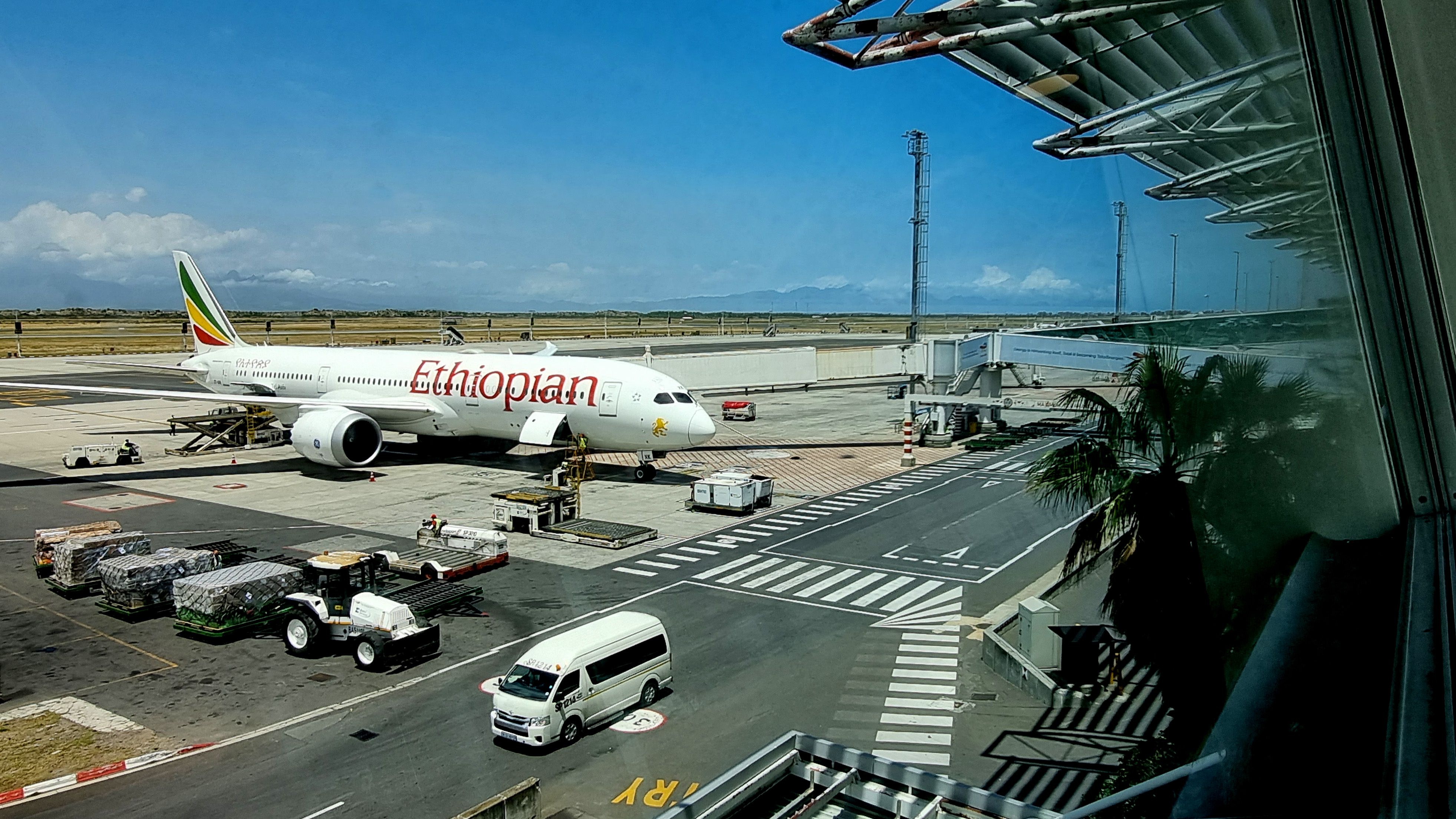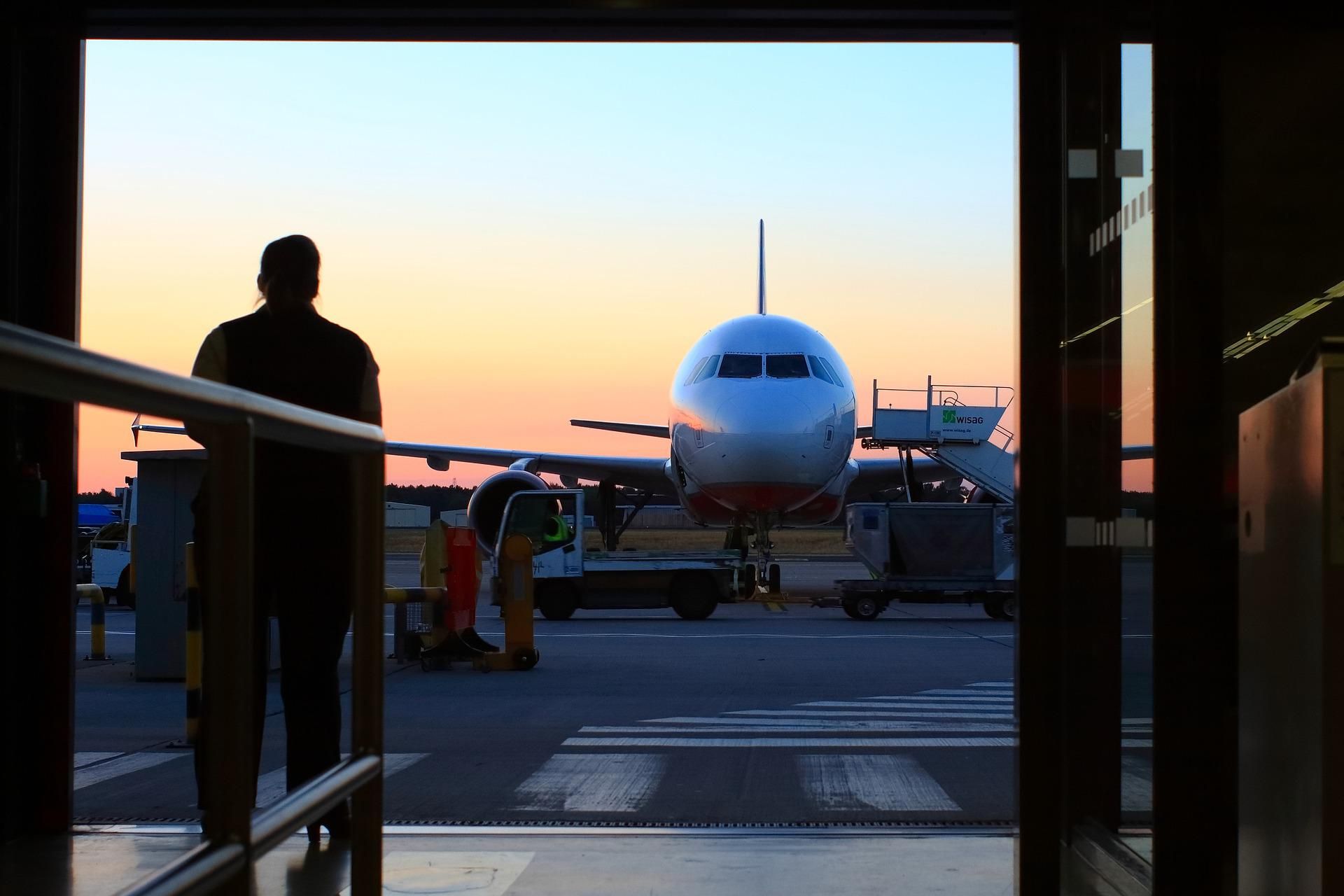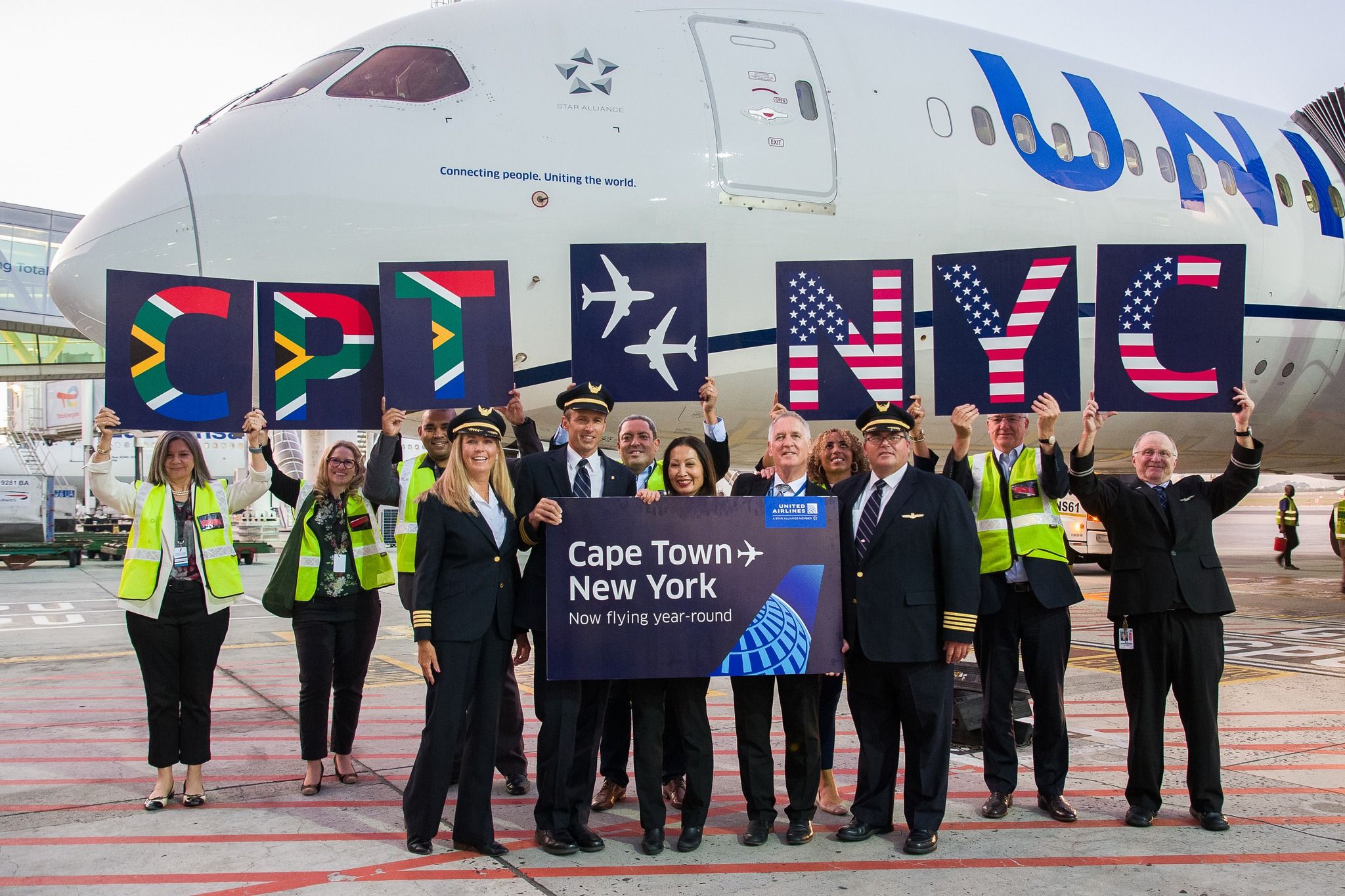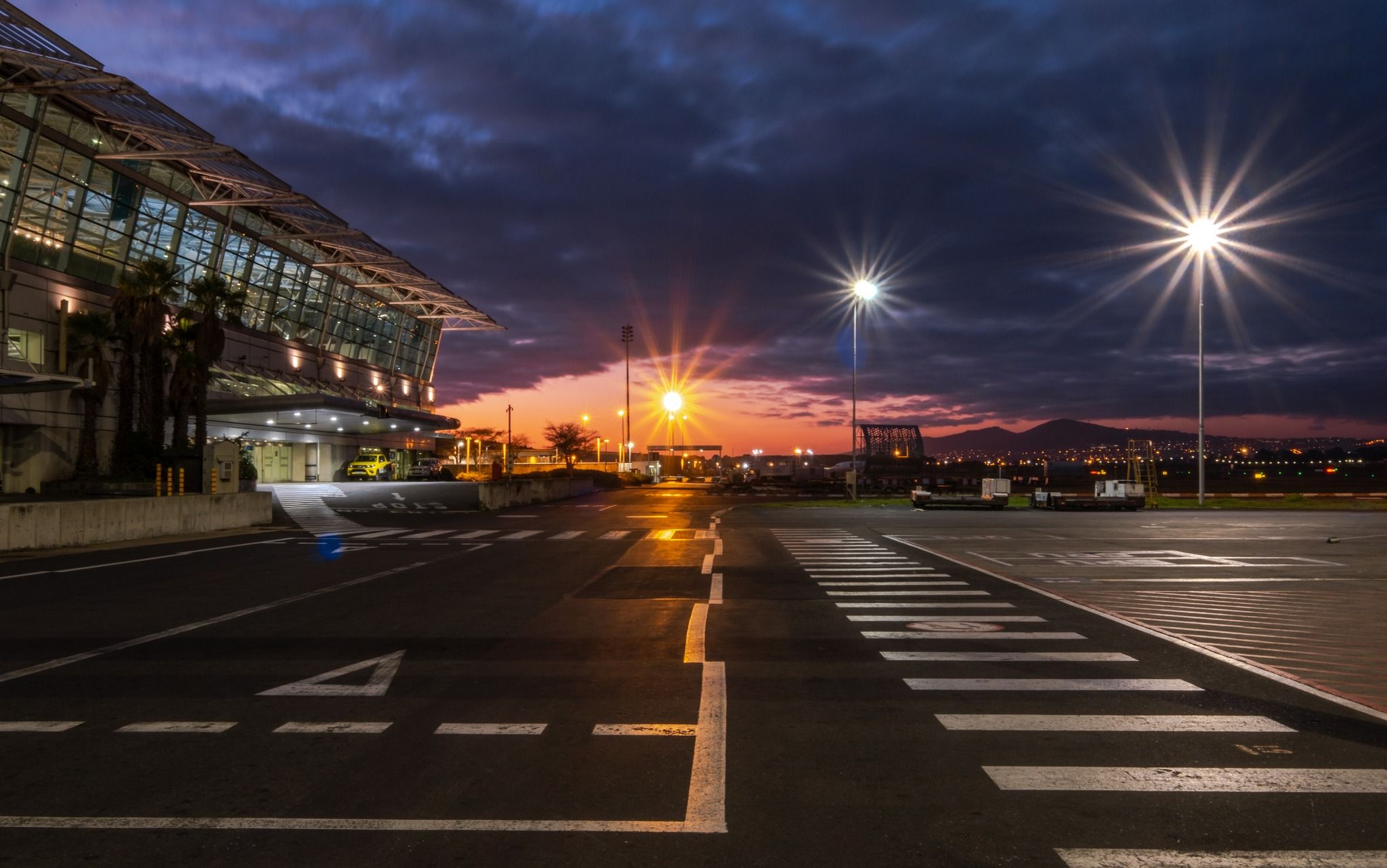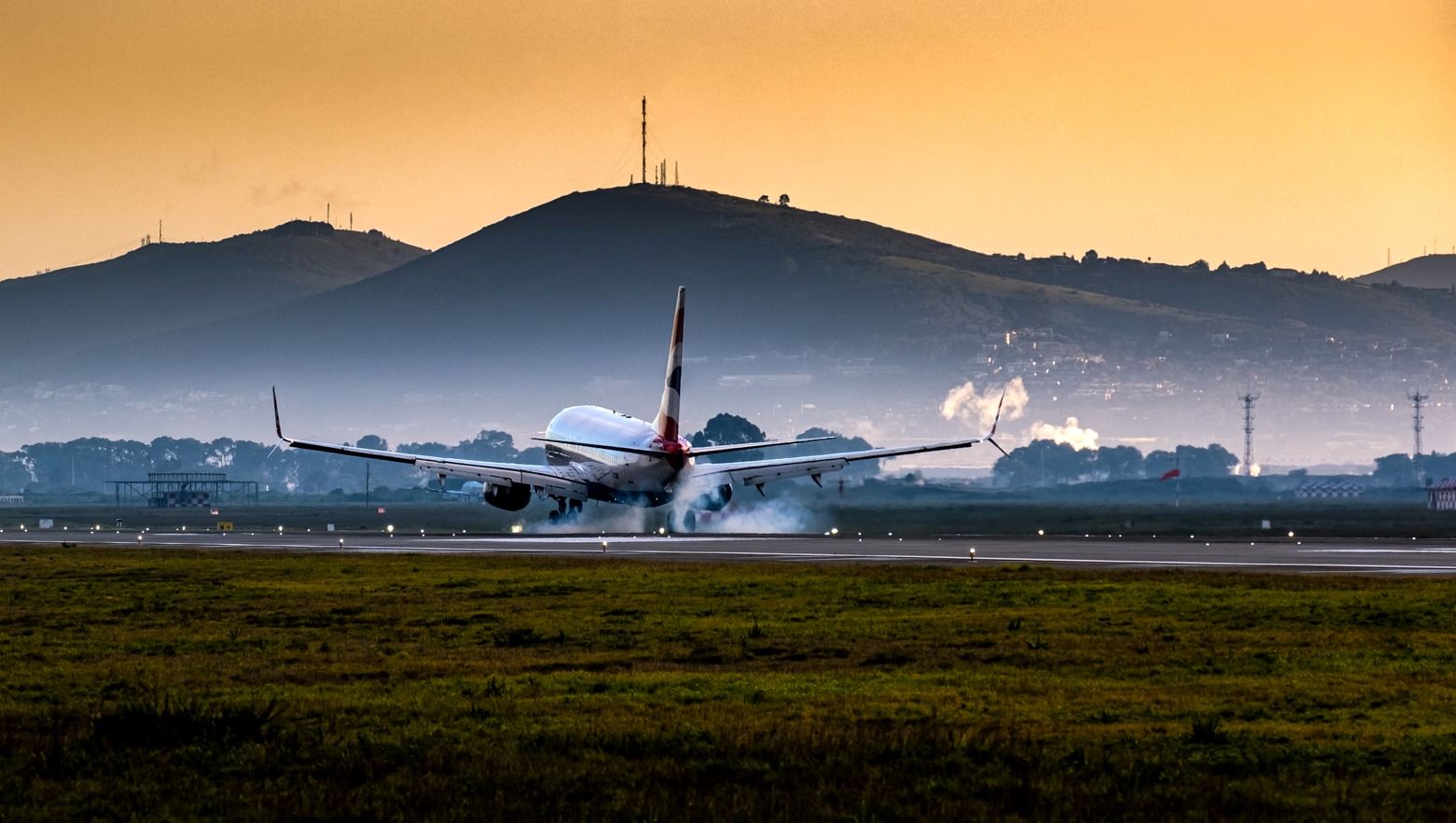If you had to pick a region that truly represents the notion of aviation potential, Africa would be it. The continent makes up around 12% of the world’s population, but only 2.5% of the passenger traffic. The impact of COVID and, more recently, the drawn-out conflict in Ukraine and its effect on fuel prices, has only further placed roadblocks in the path of this ready-to-flourish region.
IATA’s recent industry update highlighted the problems for the region’s recovery. The lower vaccination rate on the continent has dampened the trajectory of aviation resurgence to date, although it also notes that some ‘catching up’ is likely this year. At present, IATA expects demand to reach almost 80% of pre-crisis levels by the end of 2022, while capacity is expected to rise to roughly the same.
But not all of Africa is equal. Having landed in Cape Town just yesterday for the start of AviaDev Africa, Simple Flying can confirm that CPT is busy, access is easy, and mask and vaccination requirements in South Africa are in line with what we are experiencing in the Western European markets.
Indeed, data published by the Airports Company of South Africa (ACSA) shows a 48% recovery in annual passenger traffic by March 2022. Indeed, in May 2022, ACSA signaled that CPT had processed over 624,000 passengers, down just 19% on pre-COVID statistics.
As the excitement of AviaDev Africa 2022 prepares for takeoff, Simple Flying caught up with Wrenelle Stander, CEO of Wesgro, to uncover the role Cape Town is playing in the revival of Africa’s aviation scene.
Domestic prevails, but international is rebounding too
Wrenelle was appointed CEO of Wesgro - the Official Tourism, Trade, Investment and Film Promotion Agency for Cape Town and the Western Cape – in September last year. She is a former CEO of Comair, managing director of South Africa’s Air Traffic Navigation Service (ATNS) and, most recently, was CEO of the Airline Association of Southern Africa (AASA). With over 28 years’ worth of work experience within Aviation and Energy, she’s a top appointee and has already embraced what’s making Cape Town an outstanding example of an African aviation revival.
She notes that, very early on, the African passenger market to Cape Town, especially sub-Saharan Africa, had a more robust and quicker recovery than most traditional feeder markets, especially Europe. This was mainly linked to better connectivity and fewer travel restrictions in the regional African market. But she also notes that international is starting to show strong signs of recovery too,
“With travel reopening, the European and especially the North American market has bounced back very quickly and is now leading the passenger recovery for Cape Town. The total international passenger recovery for the first five months of 2022 is just below 60% compared to 2019 levels at Cape Town International Airport.
“International air cargo volumes have also shown good recovery, and we’ve seen an 85% recovery compared to 2019 for the first quarter of 2022. This is still very much linked to our traditional trade markets in Europe, Asia and North America more than the African region.”
Cape Town has reconnected to all of its pre-pandemic African markets, and only one or two European destinations are currently missing from the route map. Its focus now is to boost capacity and frequency on all of these available routes.
Attracting new operators and routes
Key to Cape Town’s revival will be the stimulation of new and existing airline activities at the airport. Cape Town Air Access, an award-winning air-route development project housed within Wesgro, is approaching this with a three-pronged strategy – keeping existing routes, expanding existing routes through more frequency or capacity, and developing new routes. Wrenelle explained,
“We have developed a very innovative way of assisting our current and new airlines by crowding in a full spectrum of financial and non-financial destination resources based on a collaborative effort between all the Cape Town Air Access partners. This includes public and private sector partners, and we can therefore provide a holistic destination offering to assist airlines flying into Cape Town.”
She further noted the importance of establishing the business case for a new route, ensuring it is both sustainable and profitable for the operator. Once that part has been proven, Cape Town works on creating the necessary trust on both sides to develop the relationship to the point when it makes sense to launch a new route.
The challenges still facing Cape Town
COVID has left its mark on South Africa and, until very recently, inconsistent travel restrictions were probably the biggest challenge to overcome. Nobody can forget the unilateral and somewhat unfair measures imposed on South African aviation amid the emergence of the Omicron variant last December. But with that in the past, Cape Town has noted a renewed willingness to travel to the region, with international passenger traffic up 75% in both April and May this year.
But that’s not all Wrenelle has to contend with if Cape Town is going to truly realize its potential. Shortages of staff are impacting South Africa just as much as anywhere else, and airport congestion remains a problematic symptom of the otherwise very welcome recovery. Stander noted,
“We are focusing on being ready for the coming peak season at the end of the year. Our capacity forecast based on returning airlines for the IATA Winter season 22/23 shows that we will equal 2019 seat capacity during the high season.”
She also noted that sustainability remains a major obstacle for air carriers, with airlines now being encouraged by industry bodies like IATA to allow passengers to offset their carbon emissions when booking tickets. That will inevitably impact air fares in the short term, but in the longer run, it will create a more sustainable and resilient industry.
But the long term also holds a bigger challenge, as Wrenelle explained,
“The most significant long-term challenge is the issue regarding Bi-Lateral Agreements. Germany and the US are the top 3 destinations for inbound traffic for South Africa and CPT; however, their respective carriers can only operate 21 frequencies per week into SA. Carriers from these countries wish to expand the number of flights into SA due to growing demand, but they are unable to because of the lack of available frequencies.
“We hope the SA government (DoT) will recognize this and re-negotiate the current frequency limitations with the German and US governments. This will unlock South Africa and Cape Town for future growth from these important source markets.”
Follow our page for AviaDev updates to get the latest on the goings-on in Cape Town this week.
What are your thoughts on South African aviation, and Cape Town specifically? Share your thoughts in the comments.

